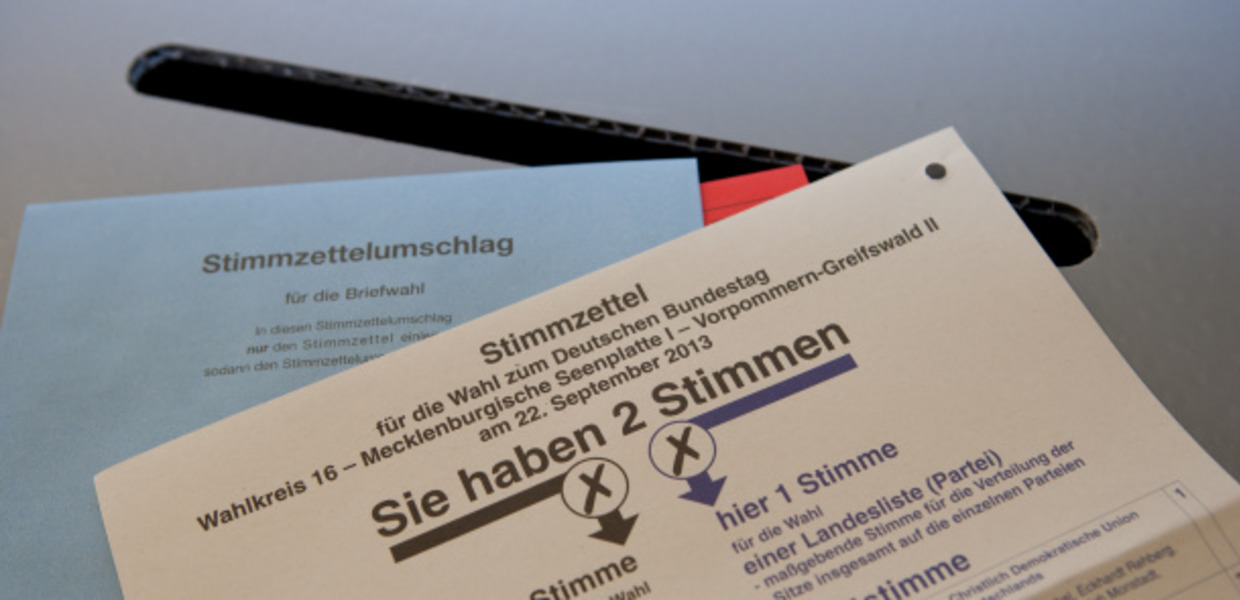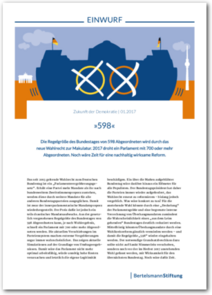The new election law renders the standard size of Germany’s Bundestag – 598 parliamentarians – obsolete. With the upcoming Bundestag election, the parliament could even swell to 700 or more members. But there’s still time for reforms!
The election law related to Germany’s Bundestag, which has been in force since 2013, is a “parliament-enlarging law.” According to recent simulation calculations based on survey results, ongoing shifts in the party system are making it more and more likely that there will be a drastically enlarged Bundestag for subsequent elections.
This will challenge the parliament’s ability to function, cause unnecessarily high costs and, in the worst-case scenario, consequently become a problem for the legitimacy of parliamentary democracy. If poorer election results result in more mandates for the parties, it will impair the central virtue of democratic elections.
If one wishes to prevent the size of the Bundestag from swelling to 700 or more parliamentarians, politicians must take action before the upcoming election in the fall of 2017 and amend the election law – and that can still be done! By “capping” the size of parliament and limiting the internal allocation of so-called “overhang mandates,” one could at least significantly reduce the likelihood of seeing the Bundestag “come apart at the seams.” In the medium term, a reform of the voting districts could completely do away with overhang mandates – and thereby stick to the normal “598” size again.
You can learn more about this proposal in the issue of our EINWURF policy brief linked below (in German only). A preprint version of this brief appeared in the “Gegenwart” section of the daily newspaper Frankfurter Allgemeine Zeitung on January 23, 2017.

